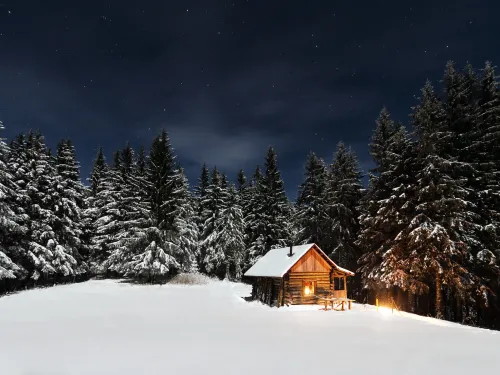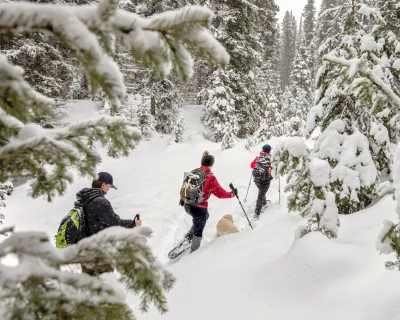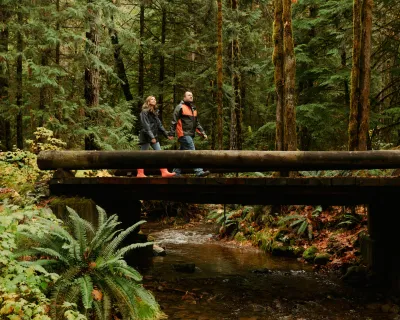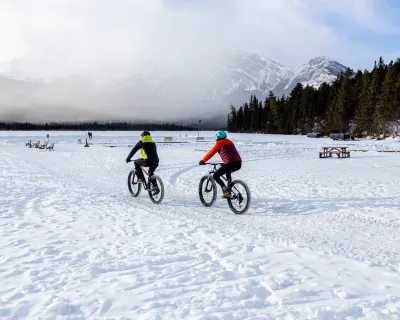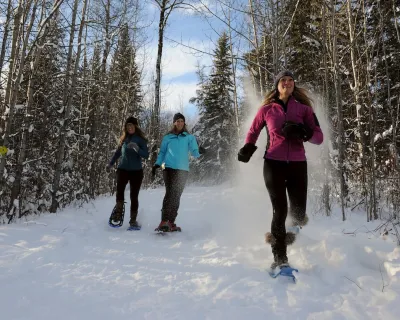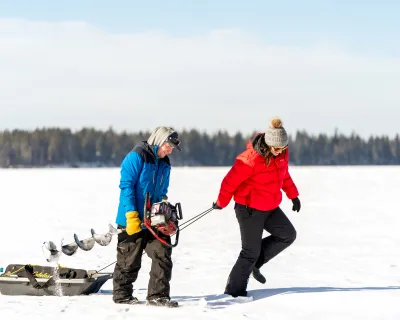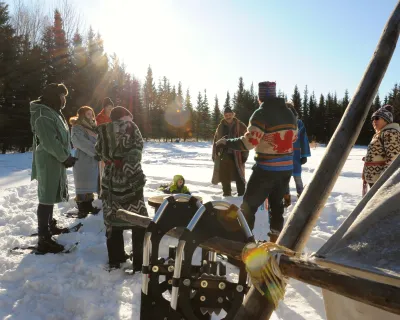What causes winter conditions in BC and Alberta?
Some years, winter comes early; other years it's late. And throughout the winter, cycles of temperature and precipitation can leave you scratching your head, wondering: why is weather so weird??
Either way, winter is a guarantee in Western Canada. But depending on where you live, the season settles in differently. For instance, the prairies may be -20 C and sunny like the Bahamas. Meanwhile, the Okanagan is warm but overcast.
Why is that? What are some of the major influences on weather in our part of the world?
Here are three key effects that influence winter weather.
The coastal weather effect
Much of Mainland BC can thank Vancouver Island for constantly taking the hit. Any weather coming off the Pacific will hit the island first. But there is a good and bad to that.
The island does disrupt the weather and probably reduces the effects felt on the inland passage and the mainland, but it also increases the amount of precipitation. The mountains on the island causes any air flow to suddenly rise. This brings moisture to the mainland area.
find YOUR zen
Sign up for ZenSeekers enews for local culture & outdoor adventure across Western Canada.
In the summer, the high-pressure systems are usually weak so that moisture is just a gentle rainstorm. Yes, nasty thunderstorms also occur.
In the winter however, the low-pressure systems bring in more dramatic weather. Just ask the folks who live in Tofino!
The Pineapple Express
So, what’s happening on the mainland beyond Tofino? One reoccurring wet pattern is nicknamed the "Pineapple Express.” Moisture rich jet streams all the way from the Hawaiian Islands area of the Pacific blow towards the coast.
Okanagan Valley is said to have two seasons: summer, and winter. The climate is very dependent on the Coast Mountains to the west that weaken most weather systems.
In the summer the daytime highs of 28 C with low humidity are attributed to the low-pressure systems pushing storms north of the Okanagan.
In the winter, a rare blue sky might be celebrated. Clouds get trapped between the east and west mountains for weeks only to be dispersed by strong winds.
That atmospheric river hits the coast and dumps rain and snow in the higher elevations, making its way across interior BC sometimes as far as the Alberta Rockies. Precipitation generally peters out by the time the Pineapple Express reaches the Alberta prairies.
Step across the Continental Divide near Golden and the weather in winter changes dramatically. With the mountains spreading out, the wind channels and moves the moisture swiftly. The skies are bright but it can definitely get cold.
That cloud cover in the Okanagan Valley also traps the warm air. Out on the prairies, that star-studded night sky offers no heat. But don’t discount the mountainous effect yet.
The Chinook effect
The towns and cities near the mountains bank on the Chinook wind to bring a reprieve from the snow and cold. If places like Calgary are experiencing a chinook, that usually means any of the ski resorts on the other side of the Rockies are getting snow.
A chinook is caused by winds that originated on the Pacific Coast. As they head east, they bump into the wall of mountains and out of frustration, dump rain or snow, warm up and rise. As they get over the peaks they rush down the east slop and melt the snow in their path. Those gusts can be as strong as a hurricane in excess of 120 km/hr. The temperature can rise swiftly with that wind.
In 1962, Pincher Creek saw the temperature rise from -19 to +22 C in one hour. When that wind dies down, the deep freeze returns, turning those puddles into rinks. But, at least its sunny.
Making the best of regional weather
Probably the single biggest example of how to turn "nasty" weather into an asset is in Tofino. During winter storms, heavy winds and rain relentlessly bash the beach, creating a natural spectacle of epic proportions, which is now familiarly known as...
Storm watching season on Vancouver Island
It's going to be cold, its going to be wet. But you are also likely to see the most dramatic weather you will ever see, comfortably. Winds that bend trees into twisted messes of branches, waves that are 20 feet taller than they are in summer, rain sent with such force it feels like its coming sideways, because it actually is.
Ya don’t experience that in a landlocked home. Experiencing coastal weather like that at least once is a bucket-lister.
Socked in? Head for an upper-mountain inversion
Instead of waiting for the sun to break through, many residents of Vernon will head to SilverStar Mountain Resort where the village sits above the valley clouds.
Embrace the cold
Winter in Western Canada is a fact of life, and it will get cold. But winter landscapes are often beautiful, and if you move through them at a brisk pace under your own steam, you can generate a lot of your own heat.
Explore our #ABWays2Winter expedition for suggestions on how to stay active and warm during an Alberta winter.
More weather-related adventures
Different seasons just means different ways to have fun. Bundle up and meet us on the trails, frozen lakes and mountains. The best way to stay warm in winter is getting active!
